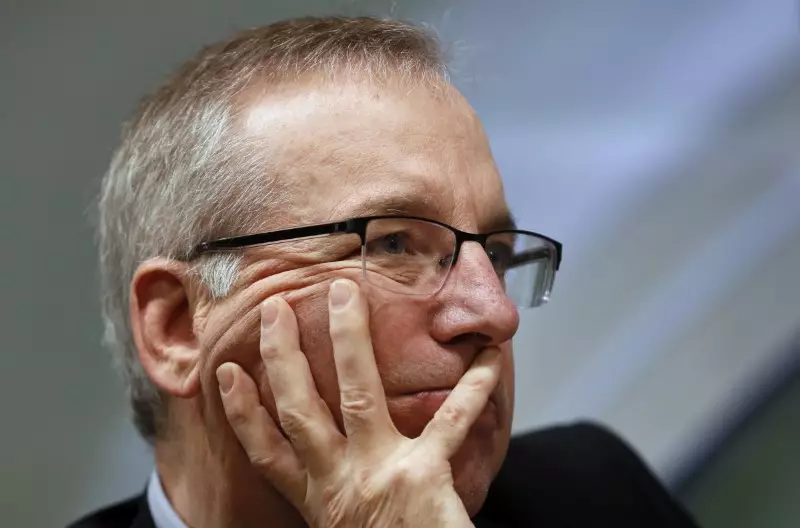Former New Federal Reserve President Bill Dudley has recently shifted his stance on the U.S. central bank’s monetary policy, urging the Fed to cut rates in the face of looming recession concerns. Dudley, who had previously advocated for a higher-for-longer rate regime, now believes that the changing economic landscape necessitates a more accommodative approach.
Dudley points to a series of indicators that have prompted him to reconsider his position. The strength of the U.S. economy, which previously suggested that the Fed was not doing enough to slow growth, has now given way to signs of slowing growth. The stock market has soared, and financial conditions have remained loose, but the landscape has shifted.
One of Dudley’s primary concerns is the impact of higher rates on lower income households. He notes that these households are starting to feel the effects of increased rates on credit cards and auto loans, particularly as the labor market shows signs of cooling. This combination of factors raises the specter of a potential recession.
Dudley highlights alarming trends in the labor market, including a rise in the three-month average unemployment rate. This increase, from the low point in the prior 12 months, is approaching a threshold that historically signals an impending recession. The potential for economic contraction is becoming more pronounced.
While inflation remains a concern, Dudley notes that it is currently within the Fed’s target range. The core deflator for personal consumption expenditures, the Fed’s preferred consumer price indicator, rose 2.6% in May from a year earlier. This figure is close to the central bank’s 2% objective, indicating a relatively stable inflation environment.
Weighing the Risks
Despite his call for rate cuts, Dudley acknowledges the need for caution. He recognizes that cutting rates too soon could risk reigniting inflationary pressures. Additionally, he acknowledges that the Sahm Rule, which identifies a specific threshold for recession risk, is not yet a predominant factor in Fed discussions.
Former New York Fed President Bill Dudley’s reversal on rate policy reflects a growing sense of urgency in response to shifting economic conditions. As the U.S. economy faces mounting challenges, the Fed will need to carefully navigate the path forward to mitigate the risks of a potential recession.


Leave a Reply